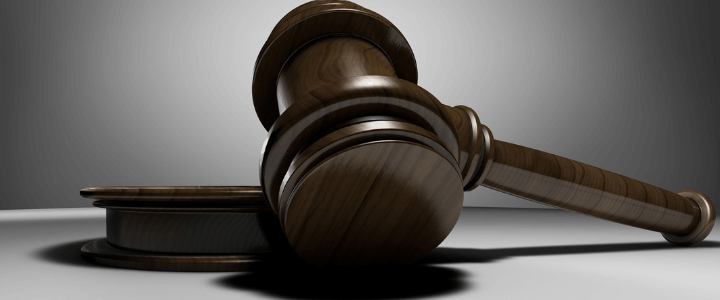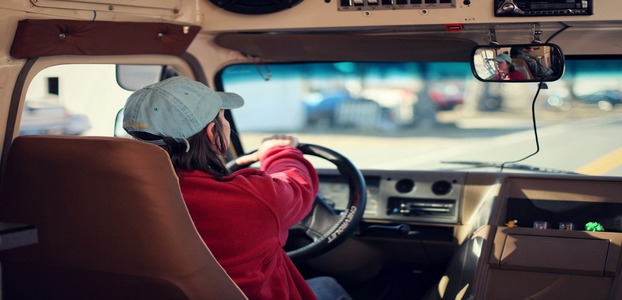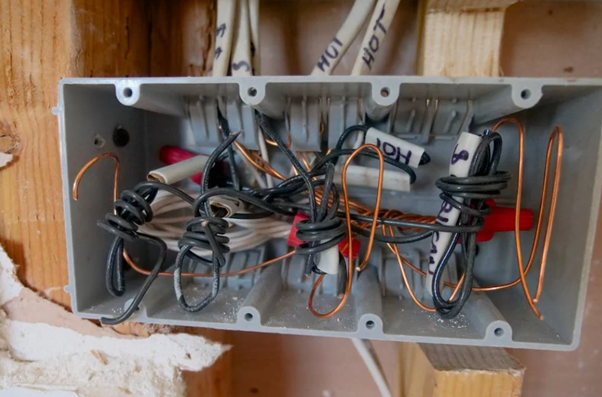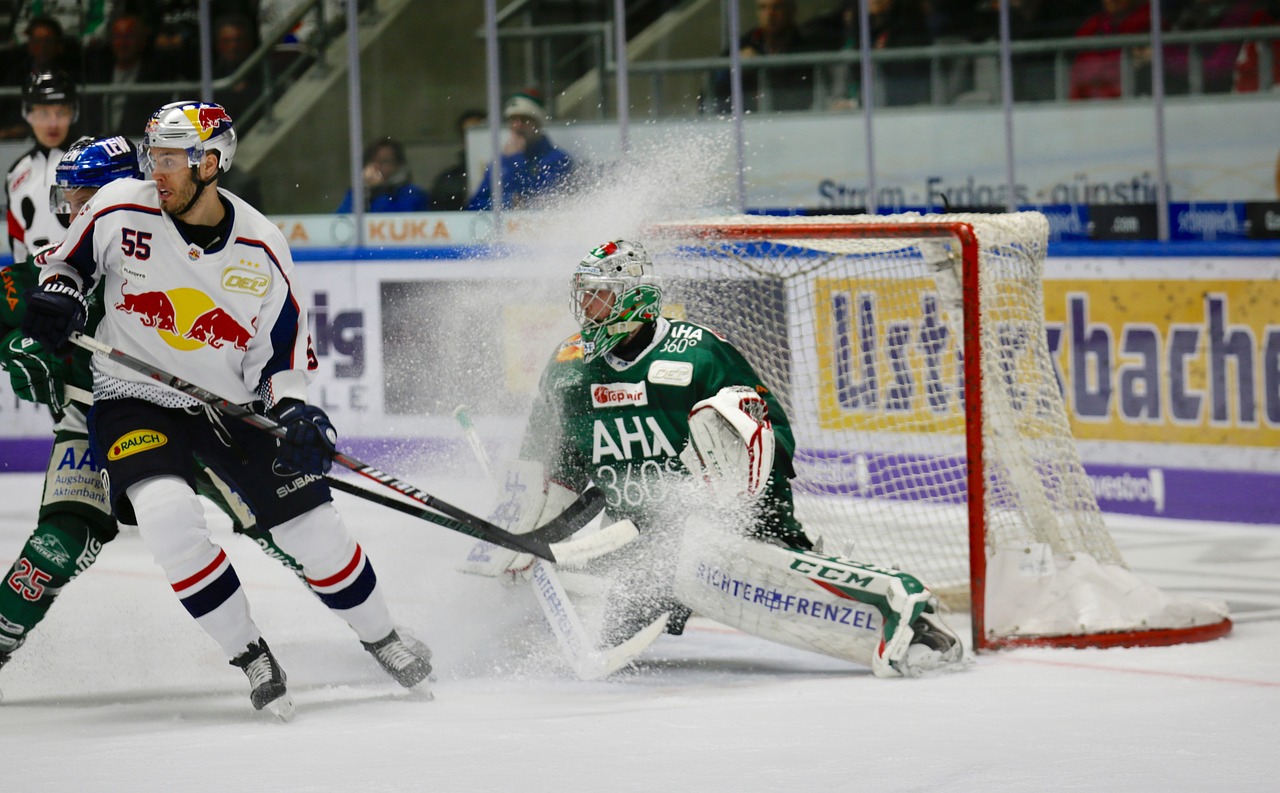How to Calculate the Price of Starting a Farm
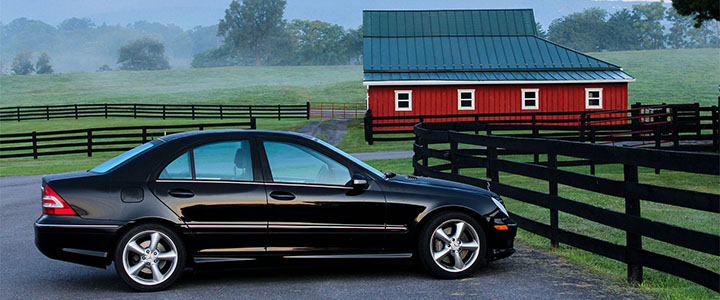
As with any major investment, starting a farm requires careful research and planning to ensure a profitable outcome. A farm can be a personally rewarding and lucrative business. However, understanding the price of getting started and taking action to mitigate expenses when possible is an important step in the process.
The starting cost of a farm varies based on geographic location, size, product and other factors, such as whether you are borrowing land or machinery from family members. Farms can be small, backyard operations with very low starting and continuing operation costs, but they can also be corporate behemoths that require an enormous investment of capital up front.
In recent years, starting costs for farms have been rising due to increased land and machinery prices. Starting a grain farm in the Midwest large enough to earn a living could cost up to an estimated $5,157,500 according to one accountant. With the possibility of such high costs in mind, it is important to prepare for every possible expense.
To calculate the cost of starting a farm — whether large or small — consider factors including land prices, machinery costs and all other operation and direct costs for your first year.
Land Costs
The first investment you’ll have to make when starting your farm is obtaining farmland. This is likely to be one of the most expensive portions of your budget.
The cost of property varies from location to location, but in general, the cost of purchasing property will be higher than renting it. If you’re renting property, you will have to pay for your land every year, but you won’t have to pay as much up front.
Whether you choose to purchase or rent land, this expense is the most essential to start your farm. In your calculations, you should also include the estimated costs of any buildings that will need to be constructed or updated for you to do your work. This could include storage structures like silos or shelter for animals and machinery.
Machinery Costs
Regardless of whether you’re planning to grow crops or raise animals, it is likely that to get your farm up-and-running, you will need to invest a decent amount of money in farming machinery. Tractors, ploughs, harvesters and other types of farm equipment have lots of expenses, so you need to have a plan for how you’ll pay for them before you get started.
Farm machinery can be bought new or used. As you might expect, the value of a piece of farm equipment drops the more it’s used and the older it is. This means used machines will be less expensive, but they can also require more frequent maintenance and repair. Additionally, if you wear out a machine to the end of its life, you may not be able to sell it as easily when you want to upgrade. As you decide which machinery to buy, weigh these pros and cons carefully.
There are also multiple ways to get farm equipment you need. If you have a farm in the family, you might be able to borrow equipment cheaply. If you don’t, machinery can be rented, financed or purchased outright. Estimate the cost of each option for the machines you want to use to decide which payment method will be best for you.
Once you have decided to either purchase or rent machinery, you need to add the cost of fuel and maintenance. For used machines, estimate higher maintenance costs. To find an estimate for fuel, find out how many gallons per acre is required to operate your machine. Then, multiply that by fuel price to find the cost of fuel per acre, and you can easily estimate how much you’ll need to pay for fuel in your first year. Don’t forget to include any fuel costs associated with shipping your product.
Other Operation and Direct Costs
Your operation cost comprises everything you need to have a farm, not including the cost of producing your product. In addition to large land and machinery investments, this could include insurance and electricity, so be sure to factor these into your estimate. You should also make a mental note of how much income you need to live comfortably and include that as part of your budget.
Direct costs are associated with the production of your product. These costs can include animals, feed, fuel, fertilisers, pesticide, seeds, growing equipment and wages for any labour you hire. All of these costs can stack up, but they are essential to earning a profit when harvest time rolls around.
Though starting a farm is a large investment, it can certainly be worth it. If you consider your expenses, plan ahead and choose optimal farm financing options, you can make your farm’s first year a success.
Bio:
Emily Folk is a conservation and sustainability freelance writer. Check out her blog, Conservation Folks, or follow her on Twitter for the latest updates.










